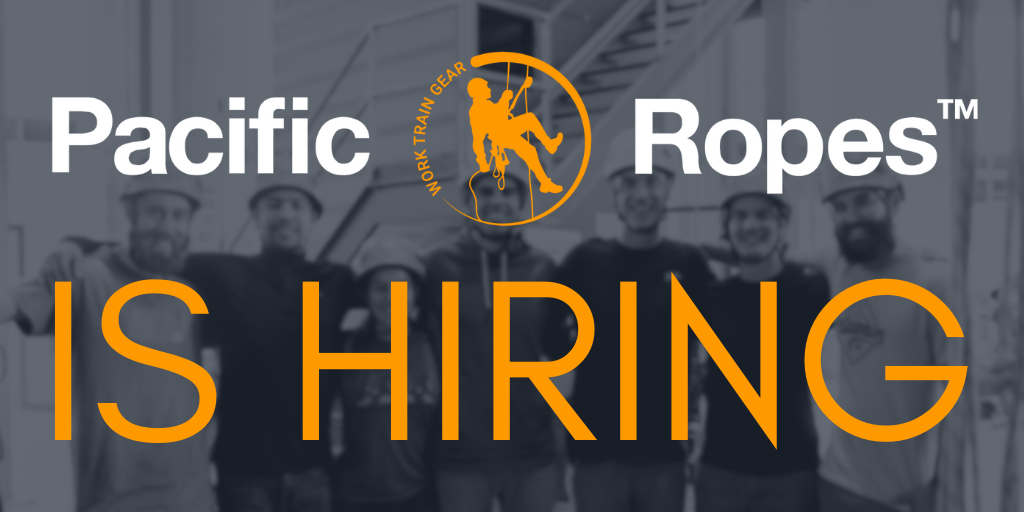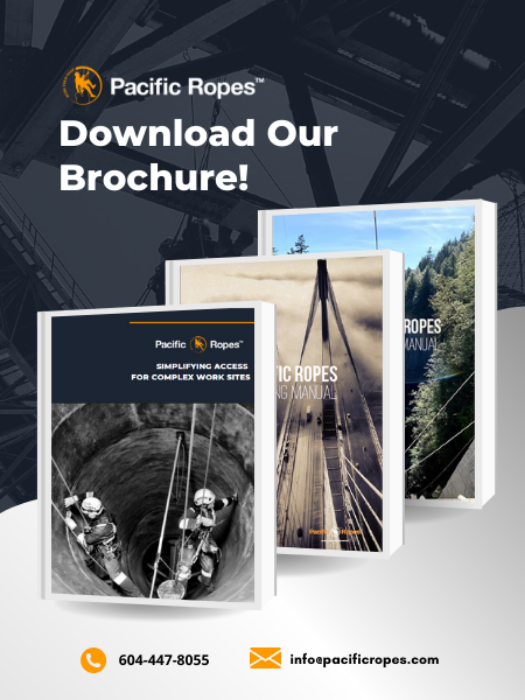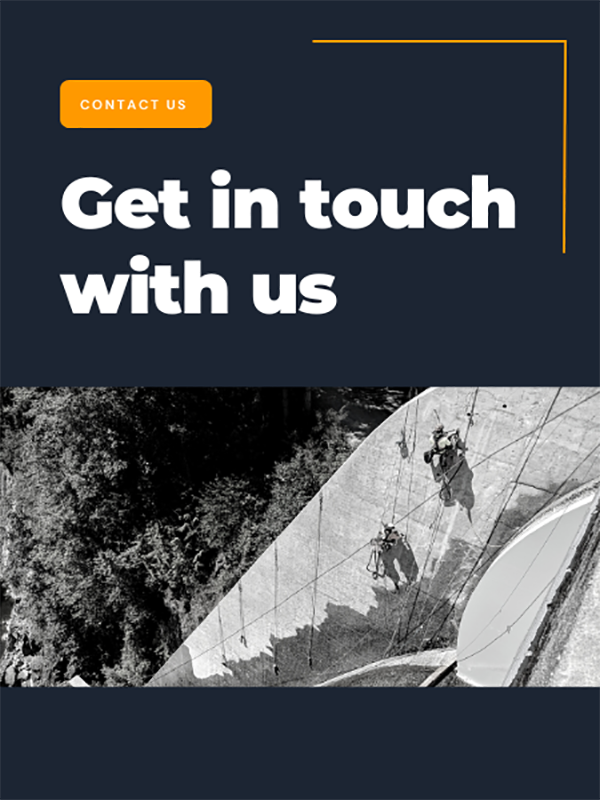Most rope access jobs in Canada require an IRATA Level 3 supervisor to be onsite. With the current shortage of L3's, many employers are eager to get their rope access technicians certified as L3's. They then push them to take on a supervisory role. This rush to train L2's presents a problem: Just because someone is great on the ropes, doesn't mean they will be a great supervisor!
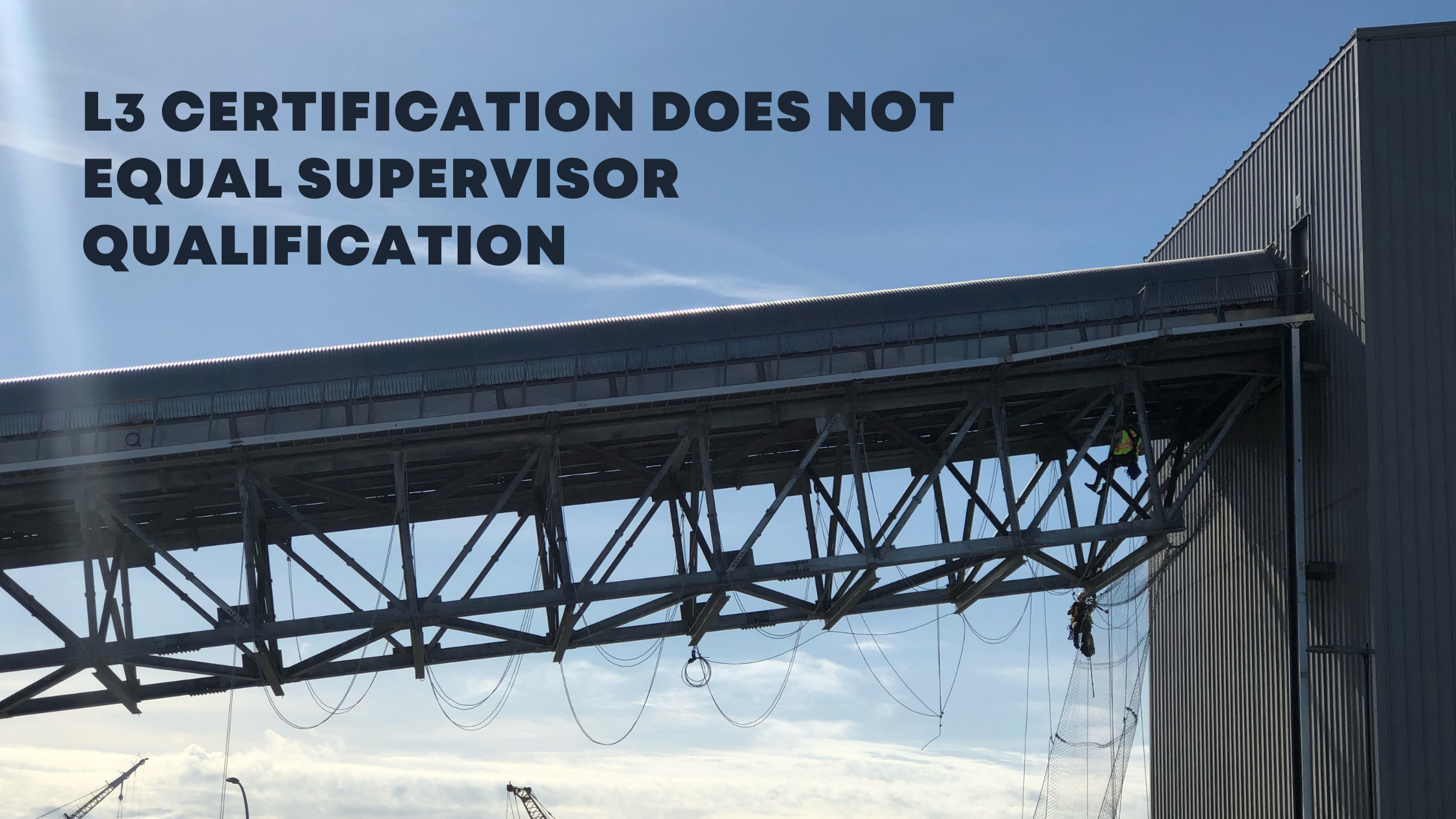
Let’s be honest, supervising people and the liability that comes with it is serious thing, not to be taken lightly. Supervision skills are not something you can pick up in 5 days of rope access training, especially when overwhelmed by theory regarding rigging angles, mechanical advantage and more advanced rescues as you upgrade. For myself, it was a tough transition from being the one breaking my back in a harness all day (which I actually loved) to being in a supervisory position.
When I first acquired my Level 3 I was thrown straight to the wolves. My first job was in a 1700 ft confined space known as a penstock. After hours spent researching the hazards of penstocks, coming up with a rescue plan, and attempting to solve communication issues, I was worried that I might be in over my head. If only knowing how to rescue someone out of the middle of a large re-anchor could have helped me there. Nonetheless, I had a solid foundation of knowledge that I had acquired through my training. I also had extensive experience in diverse rope access sites around the country. This knowledge and experience proved to be invaluable.
This combination of knowledge experience is what really makes the difference between a L3 technician and a L3 supervisor. It's why our industry is so focused on strong mentorship. The supervisors I worked with in the past, who showed me what to do and what NOT to do, were integral in the development of the skills I needed to effectively lead a team myself.
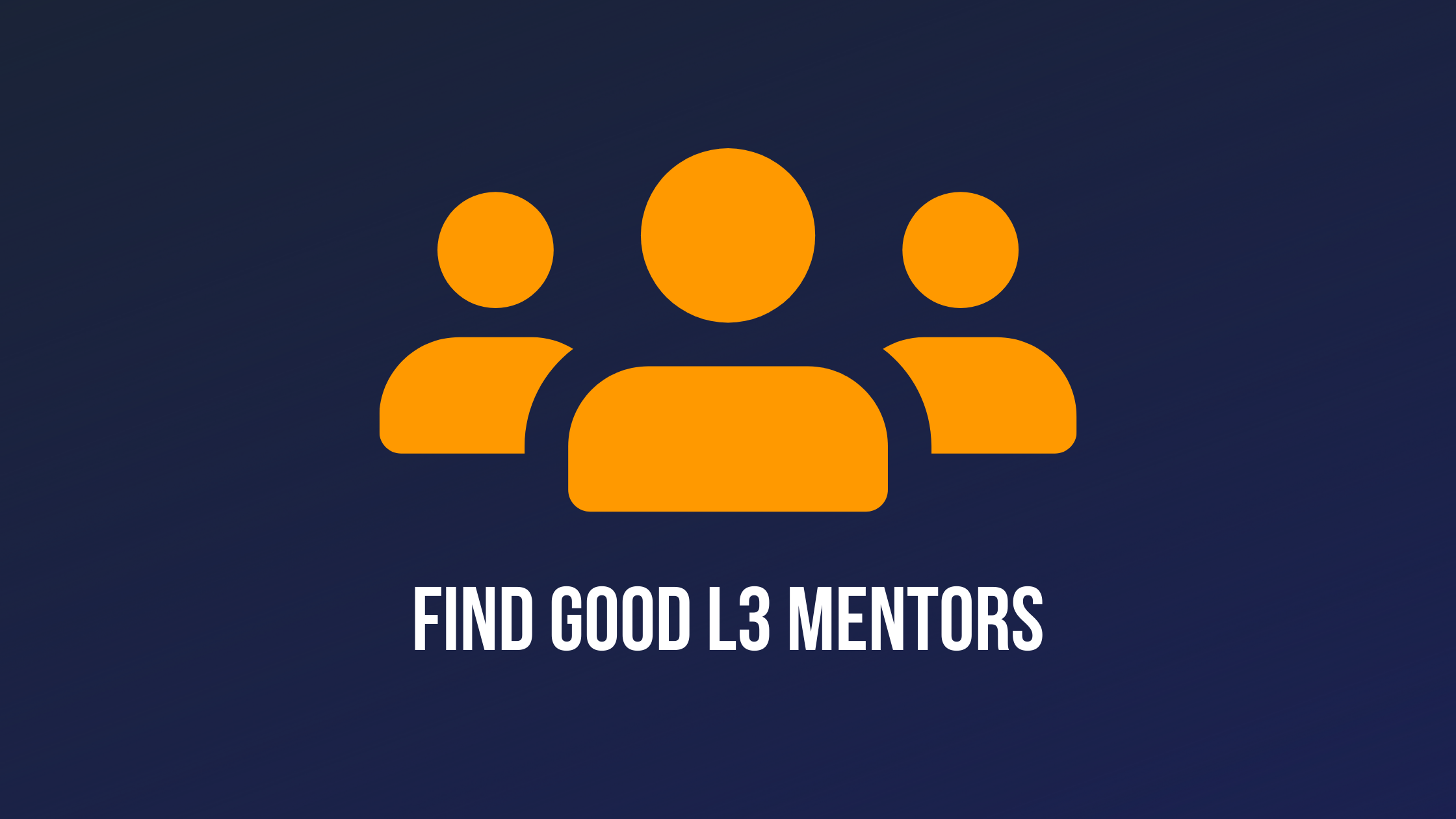
In addition to having a strong background in the field, a successful supervisor will have a strong awareness skills. Once you are in a supervisory role, you will no longer be only responsible for yourself. You will be responsible and liable for the safety of your team. It's crucial that you are able to monitor the environment, notice potential hazards and pay attention to details.
So what do IRATA and SPRAT say about supervision? Let's take a look.
The difference between a L3 Technician and a L3 Supervisor
It is important to note that both Rope Access systems utilized in North America, SPRAT and IRATA, have 3 levels that a technician can attain. Each level requires a few more advancements in the ‘monkey tricks’ that make up the syllabus, and the importance of mastering these skills cannot be overestimated. These skills will be essential in tackling complex access scenarios, and will vastly increase your competence.
It is a common mistake to assume that a Level 3 Technician is automatically qualified to be a supervisor. While these level 3 skills are important, a supervisor requires additional skills, as outlined previously.
IRATA indicates in the International Code of Practice (ICOP):
1.4.2.3.4 Under the IRATA International training, assessment and certification scheme, only Level 3 rope access technicians are permitted to be rope access safety supervisors.
This statement should not be interpreted as ‘becoming a Level 3 technician automatically makes you a supervisor’. It is at the discretion of the company owner/operator to determine whether an employee has the technical skills and also the ability to oversee the operations of other technicians, before promoting them to supervisor. The company must determine if the employee is ready to take on the responsibility and liability of a supervisory role.
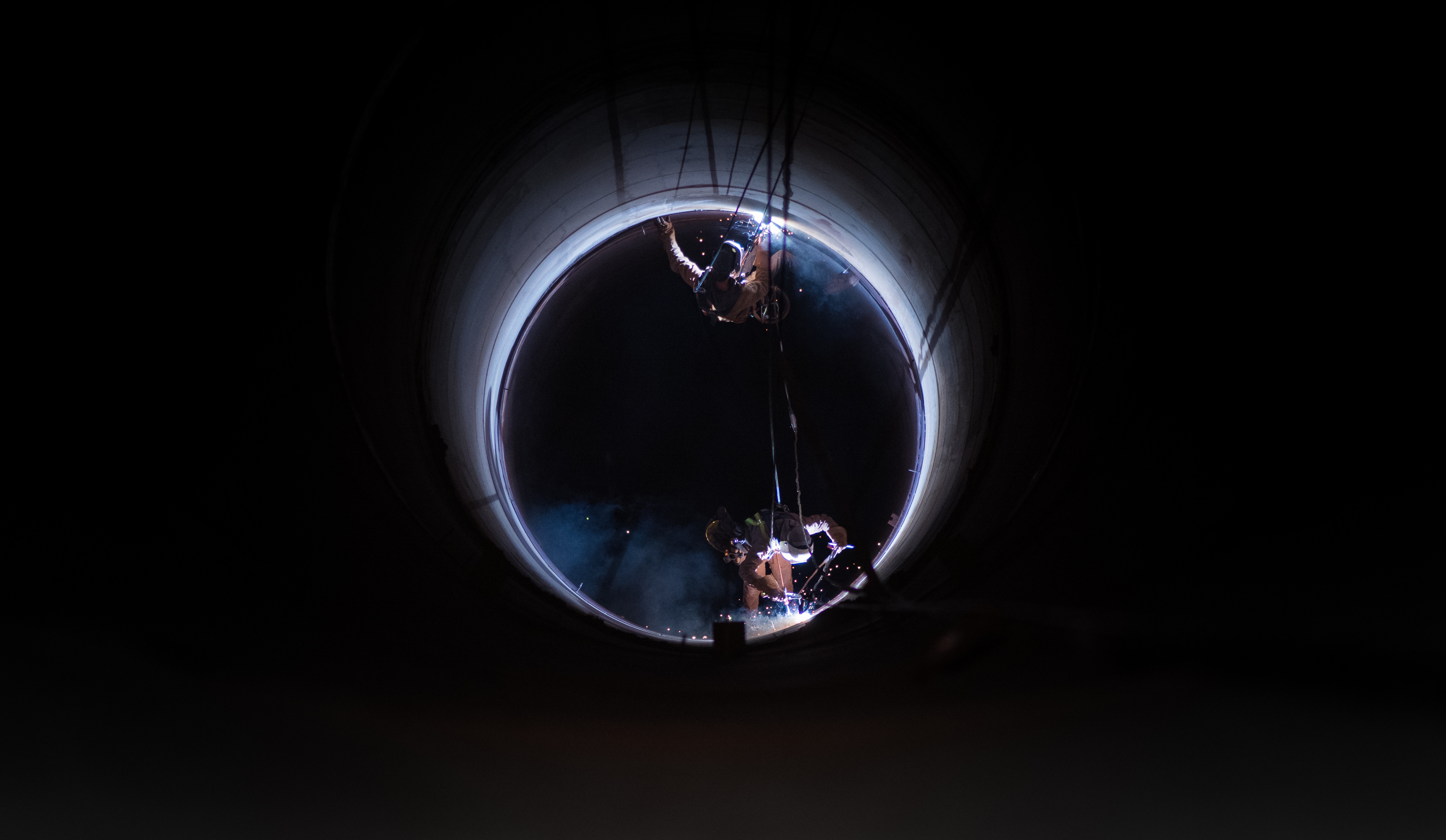
Similarly, the SPRAT Safe Practices for Rope Access Work states:
8.2.2. A Rope Access Supervisor should be a Level III Technician.
However,
8.2.3. A Level II Technician may be designated as the Rope Access Supervisor if the following criteria are met:
8.2.3.1. Work does not require special permits as described in Section 9.10.
8.2.3.2. Adjacent work does not foreseeably compromise the safety of the rope access work being conducted.
8.2.3.3. Only ascent and descent are required for completing the work.
8.2.3.4. Deviations are no greater than 20 degrees.
8.2.3.5. No rope-to-rope transfers, knot passing, or negotiating intermediate fixed anchorage systems is required during planned work.
8.2.3.6. Prompt rescue shall be effective directly down the fall line to the ground or platform level.
This means that any Level 2 designated by their company to act as supervisor on site must be capable of carrying out any potential rescue. In this scenario, Level 1 technicians should only be performing ascents and descents and only using maneuvers in which rescues are included in the Level 2 syllabus.
It is vital that companies take into account experience and supervisory skills, instead of only level of training when considering employees for the role of supervisor. Further training, experience and mentorship may be required to qualify a candidate for such a role, as the IRATA TACS recommends:
TACS 6.2.5.1 For some operational tasks, further training may be required before a team is deemed competent.
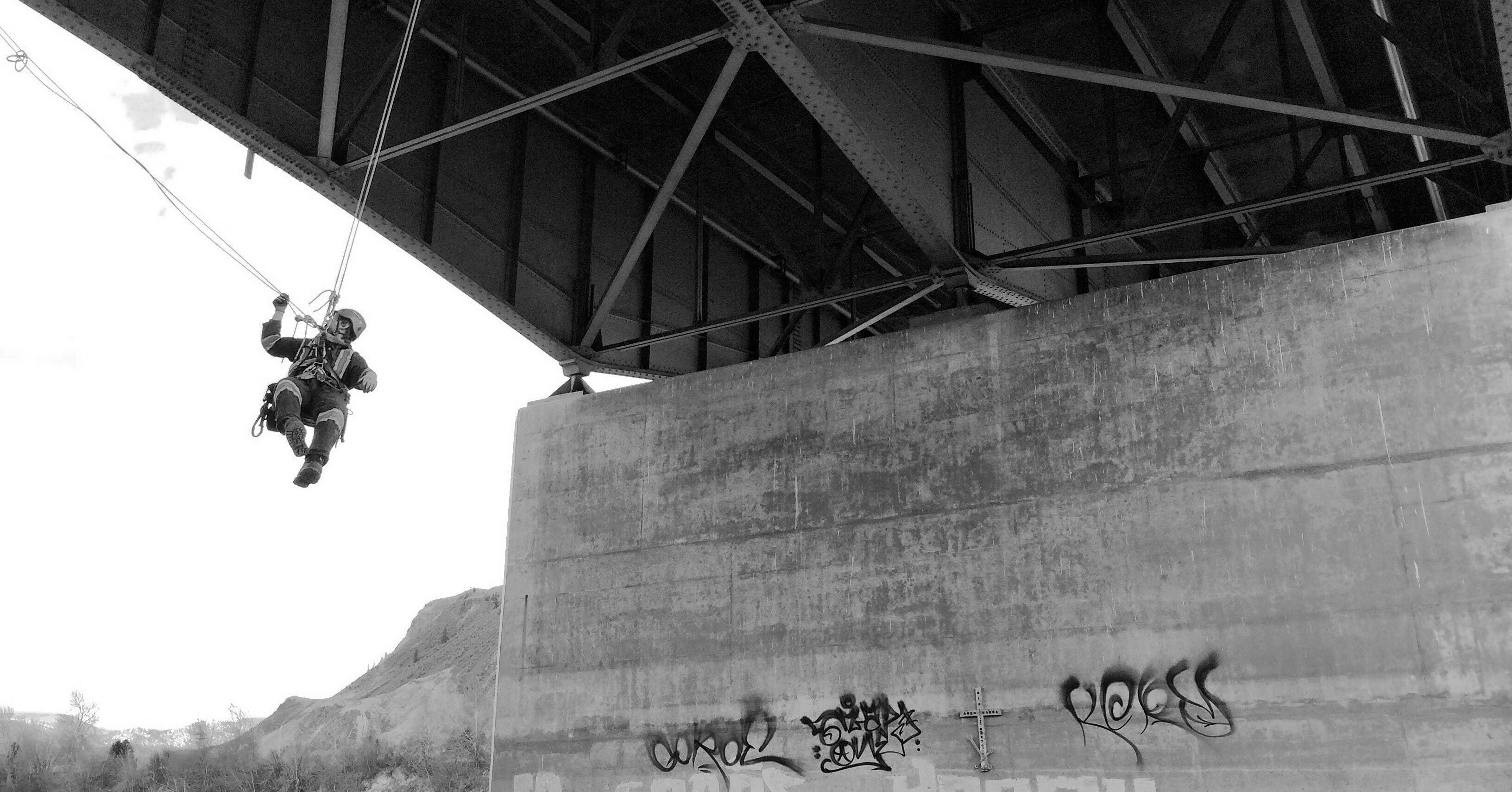
IRATA has begun to rollout their Rope Access Manager/ Rope Access Safety Supervisor program (RAMRASS) in select regions. This will be a supplemental training program for Level 3 technicians who plan to enter a supervisory position. Click here for more information.
Worksafe BC highlights some of the health and safety responsibilities of supervising. These include providing satisfactory training to workers before they take on new tasks, monitoring and correcting the performance of workers, and identifying workplace hazards. We encourage you read this information, and ask yourself what you need to do to prepare yourself to be a supervisor.
In upcoming posts, we will be presenting tips on becoming a great supervisor. We're looking forward to sharing them with you! In the meantime, if you need advice or have questions, please reach out!

